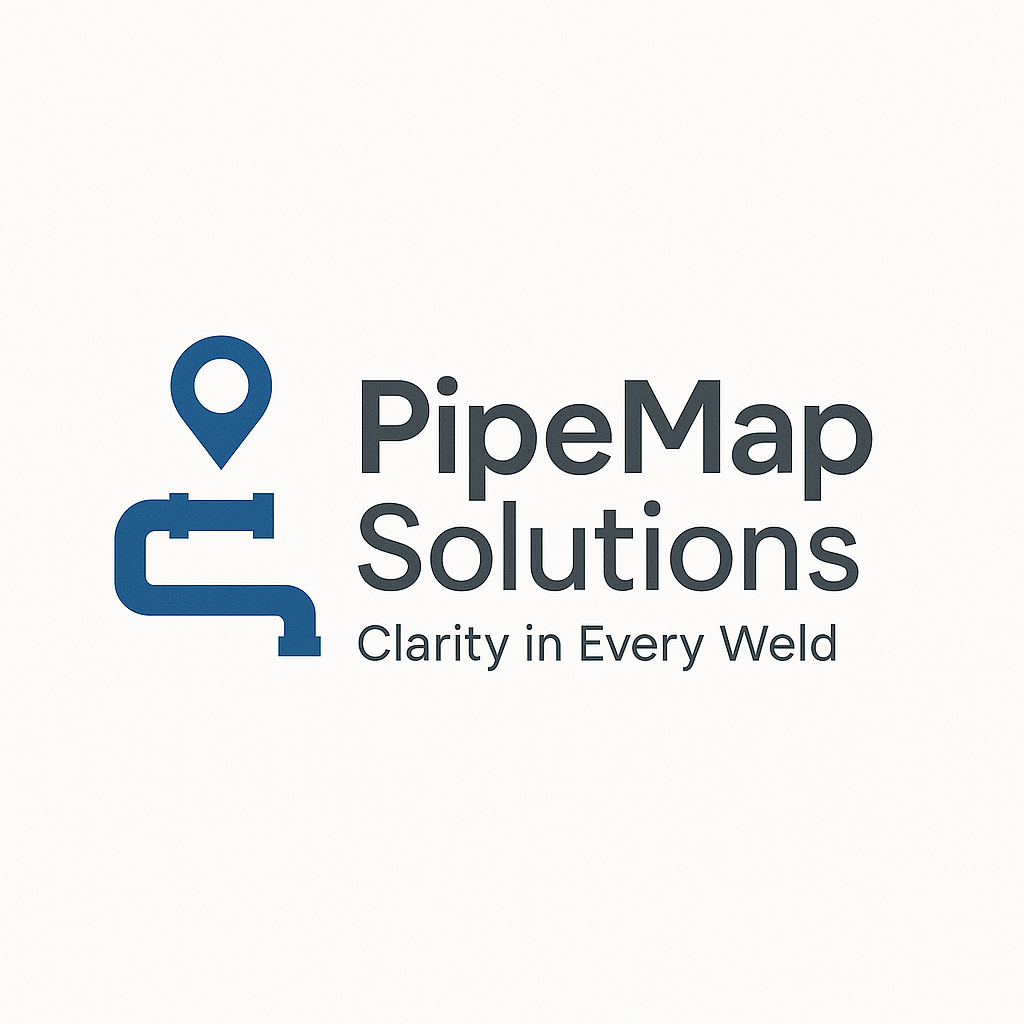Weld Logs vs. Welder Continuity Logs: What’s the Difference?
When I talk to clients about documentation, one of the most common questions I get is:
“What’s the difference between a weld log and a welder continuity log?”
It’s a good question — they sound similar, and they both deal with welds and welders. But they serve two totally different purposes, especially when it comes to QA/QC.
Here’s a quick breakdown in plain English:
Weld Log = What Got Welded
A weld log is a list of all the welds made on a project.
It usually includes things like:
Weld number
Drawing number or isometric
Welder ID or name
Weld type (butt, socket, etc.)
Process (SMAW, GTAW, etc.)
Inspection results (if applicable)
Think of it like the "receipt" of all welding activity on the job. It helps you track what was welded, where, and by who.
Welder Continuity Log = When They Welded
A welder continuity log is all about the welder staying qualified.
Welders need to perform code-compliant welds at regular intervals to maintain their certs. Most codes require that a welder has welded at least once every 6 months.
This log shows:
Welder's name or ID
Last date they welded under an approved WPS (does not have to be updated daily, just keep track of dates approaching the 6-month period, or DOT Extension)
Process used
Project or job reference
It’s less about the welds, and more about the welder’s active status — are they still current and qualified?
Why You Need Both
If an inspector asks for documentation mid-project, and you only have a weld log, you might know who did what — but you can't prove that the welder's cert was still valid.
And if you only have continuity logs, you won’t know where each weld went or if it passed.
Having both logs:
Keeps you compliant with code
Speeds up audits
Helps avoid rework or requalification delays
Strengthens your final data book
We Can Help
At PipeMap Solutions, we generate both types of logs — clean, accurate, and organized in Excel or PDF. We can even integrate them into your final turnover package so everything’s in one place.
Got questions or need a custom setup?
Contact Us — we’ll walk you through it.
